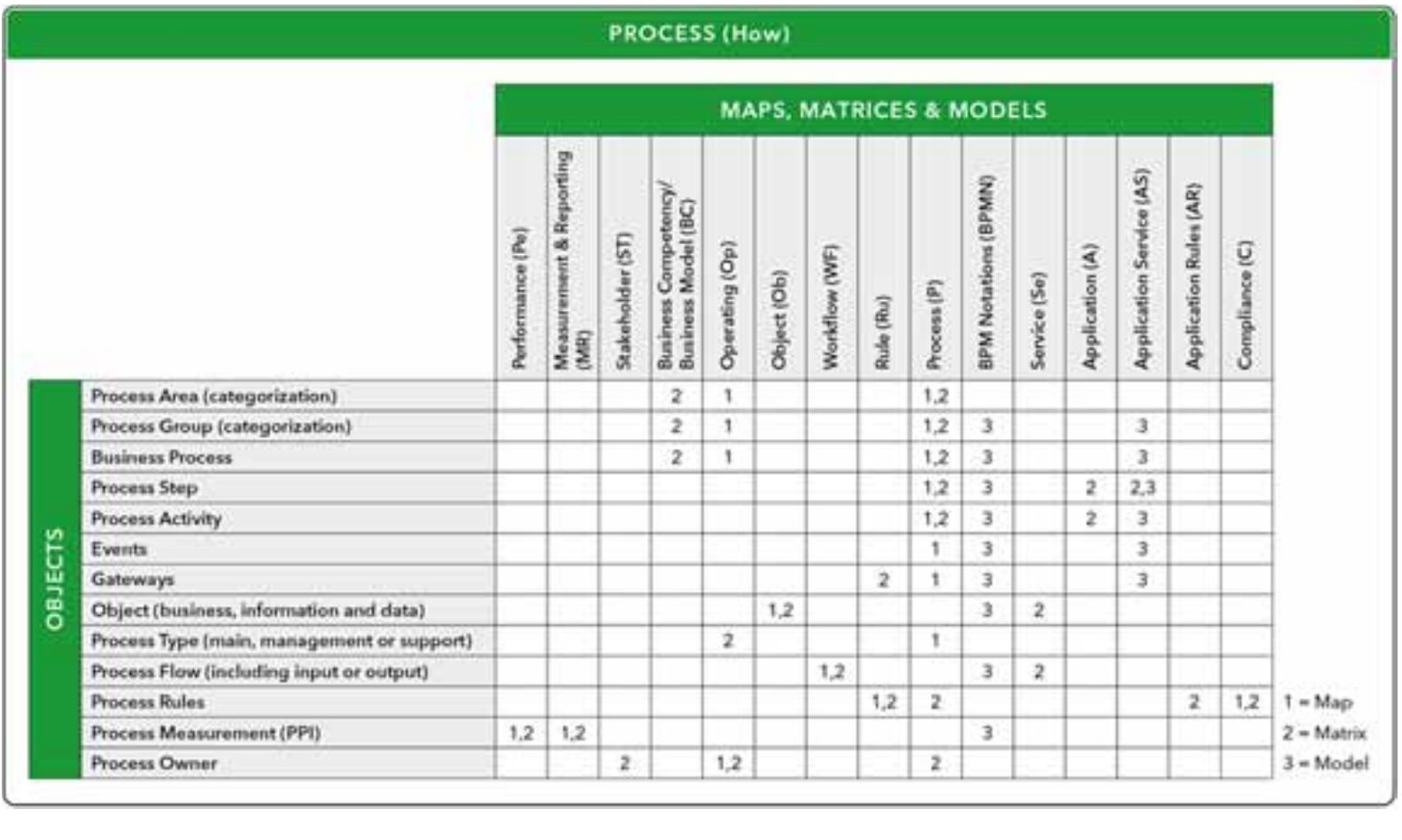and the transformation of working individually on a project or being part of a specialized team. In academia, this collaborative approach is born from the need for every scholar to define new applications for development within their...
moreand the transformation of working individually on a project or being part of a specialized team. In academia, this collaborative approach is born from the need for every scholar to define new applications for development within their specialization. Secondly, the interdisciplinary approach fosters a new multitude of problems that incite exploration of multidimensional and often multidisciplinary solutions. US VS. THEM Although collaboration is the goal, often artists and programmers stray from each other's tools, techniques, and processes. Therefore, the debate begins. Here is an example of a typical artist vs. techie debate; What is better to use in web design, HTML hand coding, or WYSIWYG software such as Macromedia Dreamweaver? Is HTML hand coding better than writing the code transparently within an intuitive user interface? Does it truly matter? The result is the same-a web page. Why the debate? Well, we all want to think that our discipline and approach is a better solution. One main cause for tech vs. art is the natural inclination of the masses to view technology as simply a term for computers and peripherals. When in fact, the Greek word technikos means of art. The word technical is also defined as: of or relating to technique. In addition, the word also carries the meaning: having special knowledge of a mechanical or scientific subject. Technology is defined by Merriam Webster as: a manner of accomplishing a task using technical methods or knowledge. If the word technology is so scientific, where did it find its way into art? Billy Kluver, a Swedish-born engineer in the late 1950s became a chief catalyst for the art and technology movement in the 1960s. Kulver was a pioneering proponent in the marriage between art and technology. Inspired by Aristotle's notion of Techne-in which there was no differentiation between the practice of art and science. Kluver was a crucial conduit in interdisciplinary collaboration between artists and scientists. In a 1996 essay titled, "The Great Northwestern Power Failure," Kluver states, "The artists work is like that of a scientist. It is an investigation which may or may not yield meaningful results; in many cases we only know many years later." Kluver was a visionary who understood the value of technology as a gathering force in collaboration, not a obstacle. The work Kluver accomplished with Robert Rauschenberg in their founded group Experiments in Art and Technology (E.A.T.) was critical to today's interdisciplinary collaborations. E.A.T. encouraged artists and engineers in interdisciplinary technology-based art projects (Packer, 2001). viii SHARING WORDS Highly shared words throughout many disciplines, computer graphics and multimedia have become foundations for scholars to explore within their own contexts. The terms are found universally throughout many disciplines that bear no resemblance to each other in purpose, process, and output. It is appropriate that the digital scholar is to understand, embrace, and explore the countless tributaries of opportunity that exist within computer graphics and multimedia. Within concentration areas, there exists a mountain of terms that has an immeasurable amount of specialization and hybrids. Each one is important in the unique function of a particular problem. Engagement of unknown areas is critical to developing a true meaning for the word technology. BOOK ORGANIZATION This book has a diverse authorship that spans several disciplines, countries, and levels. Specifically, three main areas are focused on. Section I is Digital Design. Chapters in this section explore topics within digital design education, production, culture, and techniques. Section II is Computer Science. Chapters in this section provide extensive insight into computer science research topics including 4d visualization, virtual environments, graph aesthetics, and video indexing. Section III is Multimedia and New Media. This section contains chapters that cross boundaries between digital design and computer science. However, because the chapters engage multiple media and integrate interactivity in the discussion, they are classified as multimedia or new media chapters within this text. The topic areas include Macromedia Flash programming, digital asset alignment and management, analysis of digital audio, and machine vision in the arts. This diverse array of art, technology, and science all come together to make up a small piece of the vast subject we know as computer graphics and multimedia. One major goal of this text is to enable the reader to open their minds to the extensive journeys that can be taken exploring merely one specialization in computer graphics and multimedia. This book also hopes to encourage artists to understand and embrace collaboration in science and technology. And to encourage scientists, engineers, and techies to open the doors to collaborative interdisciplinary projects allowing scientists and artists to come together as hybrid technologists who share the same vision and principles towards problem solving, but do not share the same educational, experiential, and technical backgrounds. There are 12 chapters in this book. They are fairly divided between digital design, computer science, and multimedia/new media. Here is a brief description of each chapter's significance. x To the editorial staff: Initially I must thank the superb staff at Idea Group Inc. for their invaluable support throughout this process.























